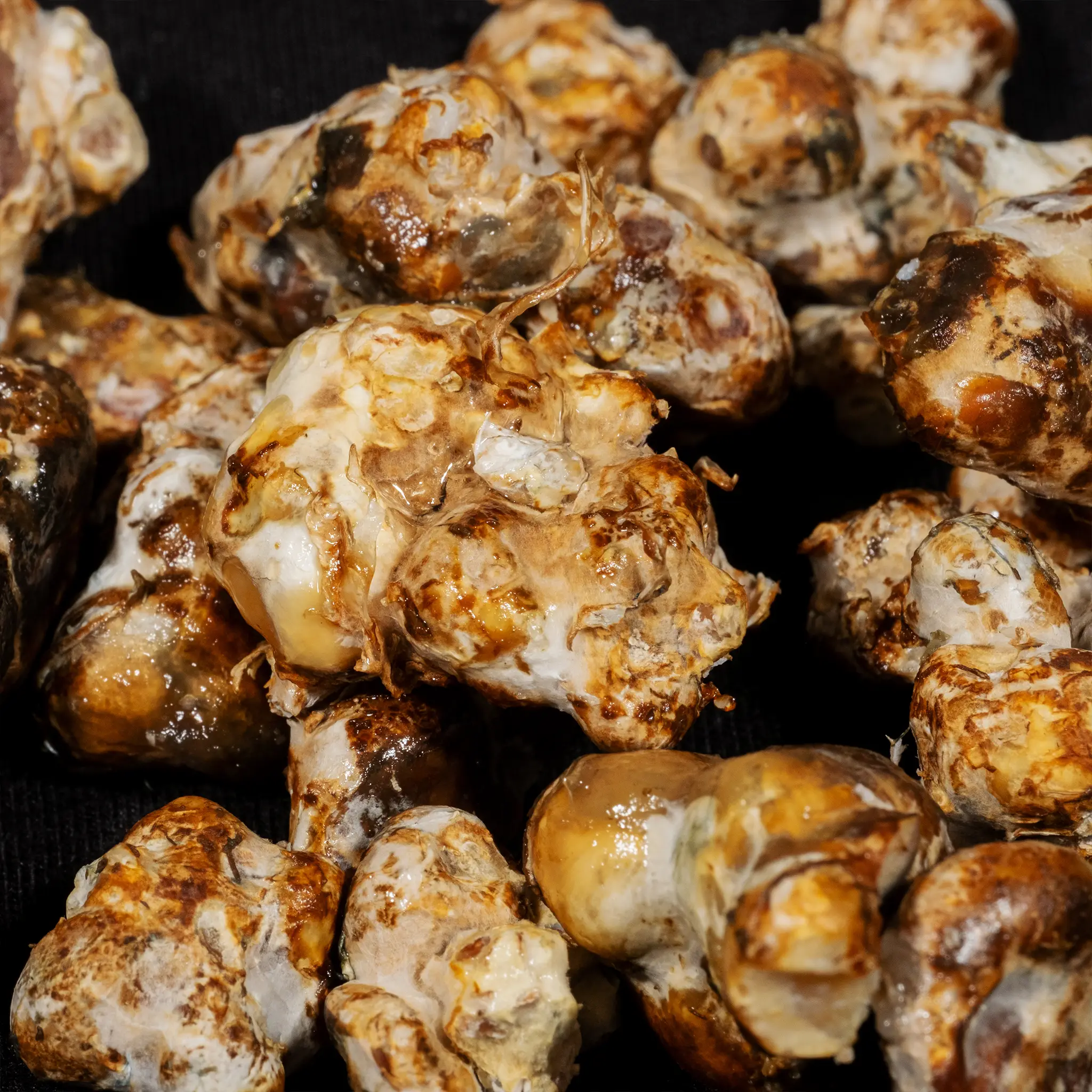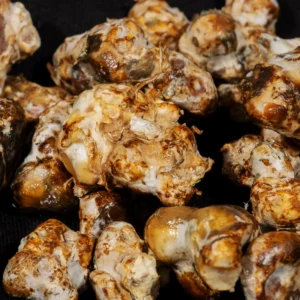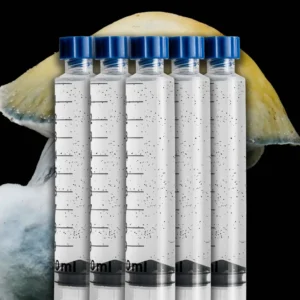Historical Background
The Philosopher’s Stone, scientifically classified as Psilocybe tampanensis, has a storied history. First discovered in 1977 by mycologist Steven Pollock near Tampa, Florida, this strain is incredibly rare in the wild. Its discovery marked the first time a species known primarily for producing sclerotia—dense, nutrient-packed underground structures—was isolated for study and cultivation.
Despite its rarity, Psilocybe tampanensis thrived in its natural subtropical environment, flourishing in nutrient-rich soils with high humidity. The Philosopher’s Stone became celebrated not only for its psychoactive effects but also for its ability to produce sclerotia, making it a favorite among cultivators and researchers.
Fun Origins
Legend has it that the original Psilocybe tampanensis sample was found under highly unusual conditions, growing isolated in an open field. This unique discovery sparked widespread interest in its genetics and potential for cultivation. The name Philosopher’s Stone reflects the profound and introspective experiences users often report, likening the truffles to a mythical alchemical elixir that unlocks the secrets of the mind.
Naming
The strain’s nickname, Philosopher’s Stone, is a nod to its introspective qualities and the dense, stone-like appearance of its sclerotia. The name perfectly encapsulates its ability to produce profound emotional and cognitive insights, making it one of the most sought-after strains in the world of psychedelic mushrooms.
 Magic Truffle Grow Kit
Magic Truffle Grow Kit







